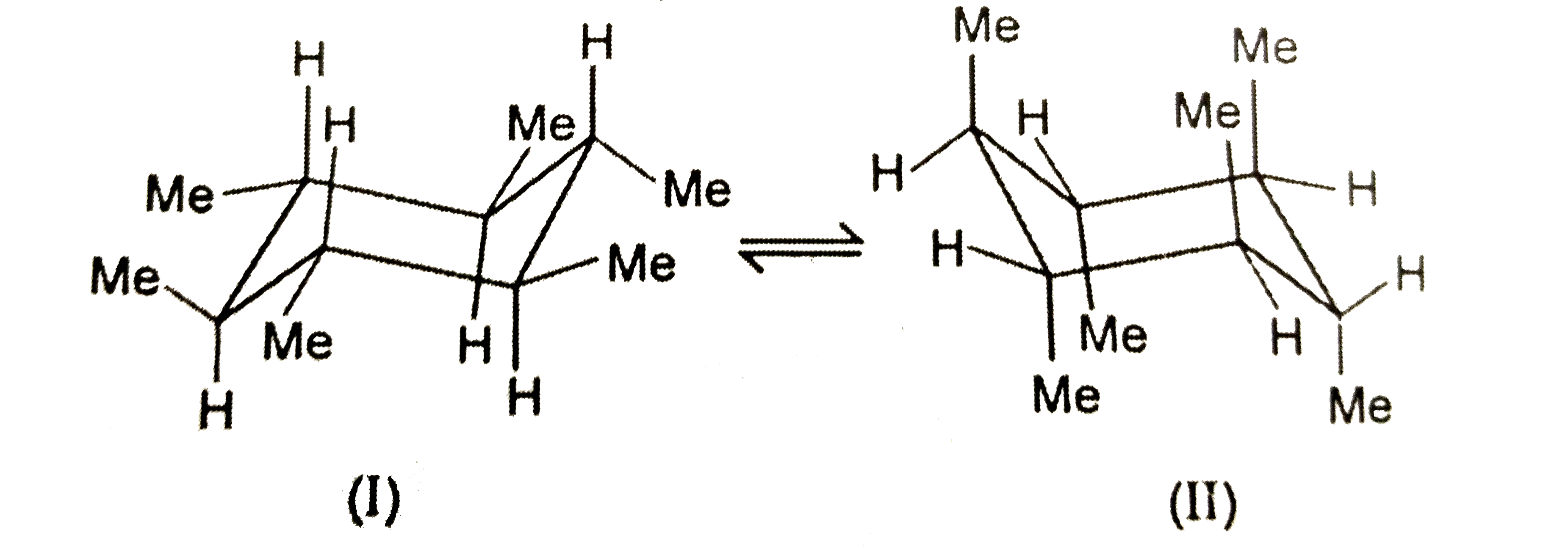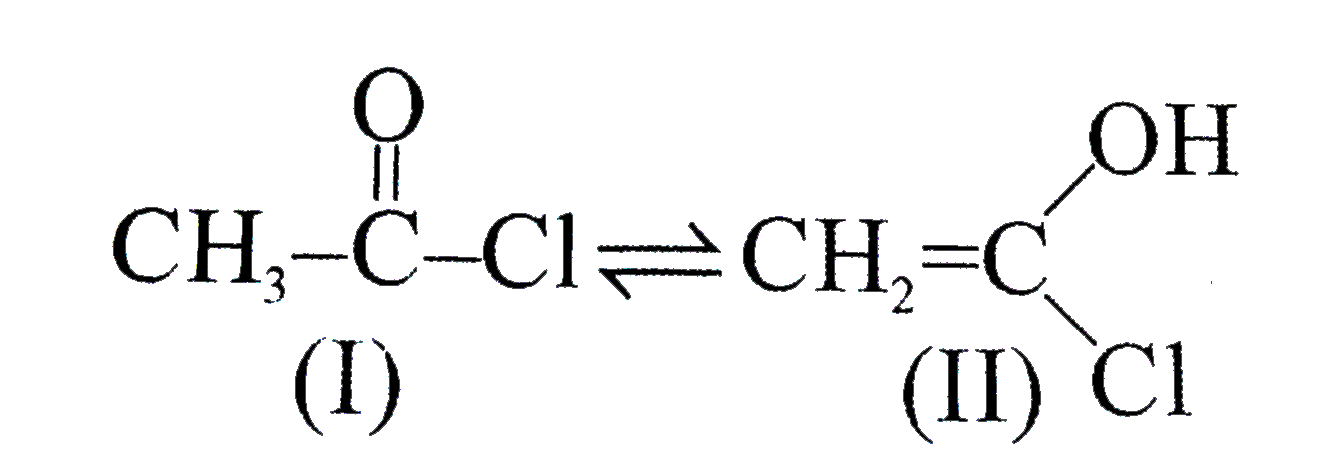Which is more more stable, cis - or trans- 1,3-di-(methylcarboxylate) cyclobutane?
To determine which is more stable between cis- and trans-1,3-dimethylcarboxylate cyclobutane, we will analyze the structures and steric interactions of both isomers.
1. Draw the Structures:
- For cis-1,3-dimethylcarboxylate cyclobutane, both methyl carboxylate groups (MeOOC) are on the same side of the cyclobutane ring. This means that both groups will occupy equatorial positions when possible.
- For trans-1,3-dimethylcarboxylate cyclobutane, the methyl carboxylate groups are on opposite sides of the ring. This results in one group being axial and the other being equatorial.
2. Analyze Steric Hindrance:
- In the cis configuration, both methyl carboxylate groups can be positioned equatorially, which minimizes steric hindrance and allows for a more stable conformation.
- In the trans configuration, one methyl carboxylate group is axial and the other is equatorial. The axial group experiences steric hindrance due to 1,3-diaxial interactions with hydrogen atoms on the cyclobutane ring, which destabilizes the molecule.
3. Consider the Stability:
- The cis isomer has both substituents in equatorial positions, leading to no steric hindrance and thus a more stable structure.
- The trans isomer has one substituent in an axial position, leading to increased steric strain and making it less stable compared to the cis isomer.
4. Conclusion:
- Based on the analysis of steric hindrance and the positioning of substituents, cis-1,3-dimethylcarboxylate cyclobutane is more stable than trans-1,3-dimethylcarboxylate cyclobutane.
- For cis-1,3-dimethylcarboxylate cyclobutane, both methyl carboxylate groups (MeOOC) are on the same side of the cyclobutane ring. This means that both groups will occupy equatorial positions when possible.
- For trans-1,3-dimethylcarboxylate cyclobutane, the methyl carboxylate groups are on opposite sides of the ring. This results in one group being axial and the other being equatorial.
- In the cis configuration, both methyl carboxylate groups can be positioned equatorially, which minimizes steric hindrance and allows for a more stable conformation.
- In the trans configuration, one methyl carboxylate group is axial and the other is equatorial. The axial group experiences steric hindrance due to 1,3-diaxial interactions with hydrogen atoms on the cyclobutane ring, which destabilizes the molecule.
- The cis isomer has both substituents in equatorial positions, leading to no steric hindrance and thus a more stable structure.
- The trans isomer has one substituent in an axial position, leading to increased steric strain and making it less stable compared to the cis isomer.
- Based on the analysis of steric hindrance and the positioning of substituents, cis-1,3-dimethylcarboxylate cyclobutane is more stable than trans-1,3-dimethylcarboxylate cyclobutane.
Topper's Solved these Questions
- ALKANES AND CYCLOALKANESBOOK - CENGAGE CHEMISTRY ENGLISHCHAPTER - ALKANES AND CYCLOALKANESEXERCISE - SOLVED EXAMPLES
19 Videos
- ALKANES AND CYCLOALKANESBOOK - CENGAGE CHEMISTRY ENGLISHCHAPTER - ALKANES AND CYCLOALKANESEXERCISE - EXERCISES
24 Videos
- ALKENES AND ALKADIENESBOOK - CENGAGE CHEMISTRY ENGLISHCHAPTER - ALKENES AND ALKADIENESEXERCISE - Single correct Answer
14 Videos
Similar Questions
Which is more stable, cis - or trans-1,2-dimethyl cyclobutane and whyh?
View SolutionWhich is more stable PCl5 or PCl3 ?
View SolutionWhich one is more stable and why?

View SolutionThe most stable from trans-1,2-dimethyl cyclohexane is:
View SolutionWhich tautomer isomer is more stable :

View SolutionWhich would be the most stable conformation of trans-1-ethyl-3-methylcyclohexane ?
View SolutionWhich is more stable : Na2CO3 or CaCO3?
View SolutionWhich is more stable Fe2+orFe3+? Why ?
View SolutionThe stable conformer (s) of trans−1−4− dimethyl] cyclohexane is/are:
View SolutionWhich complex ion has cis and trans isomer ?
View Solution
